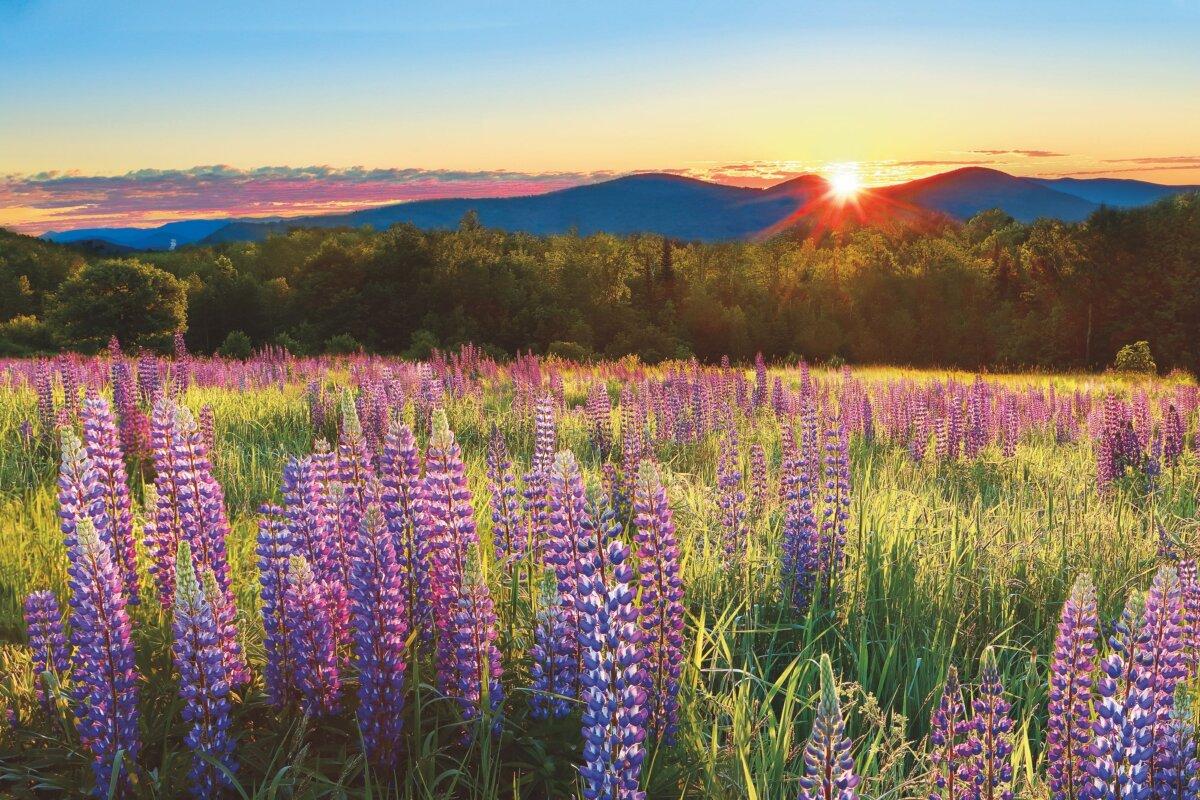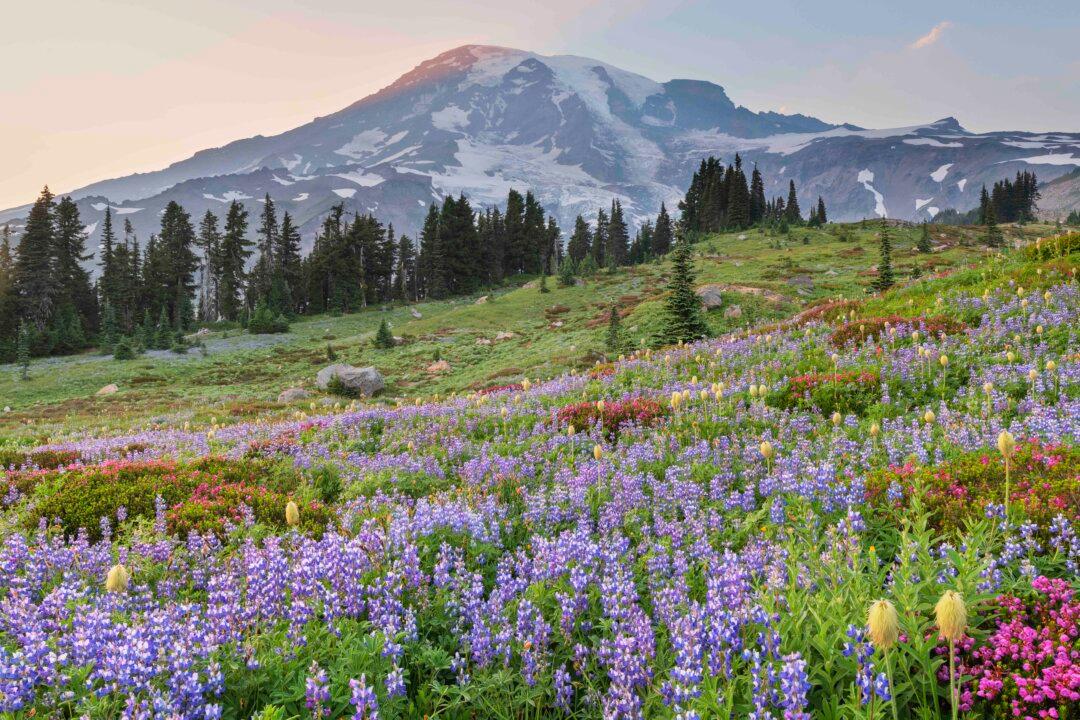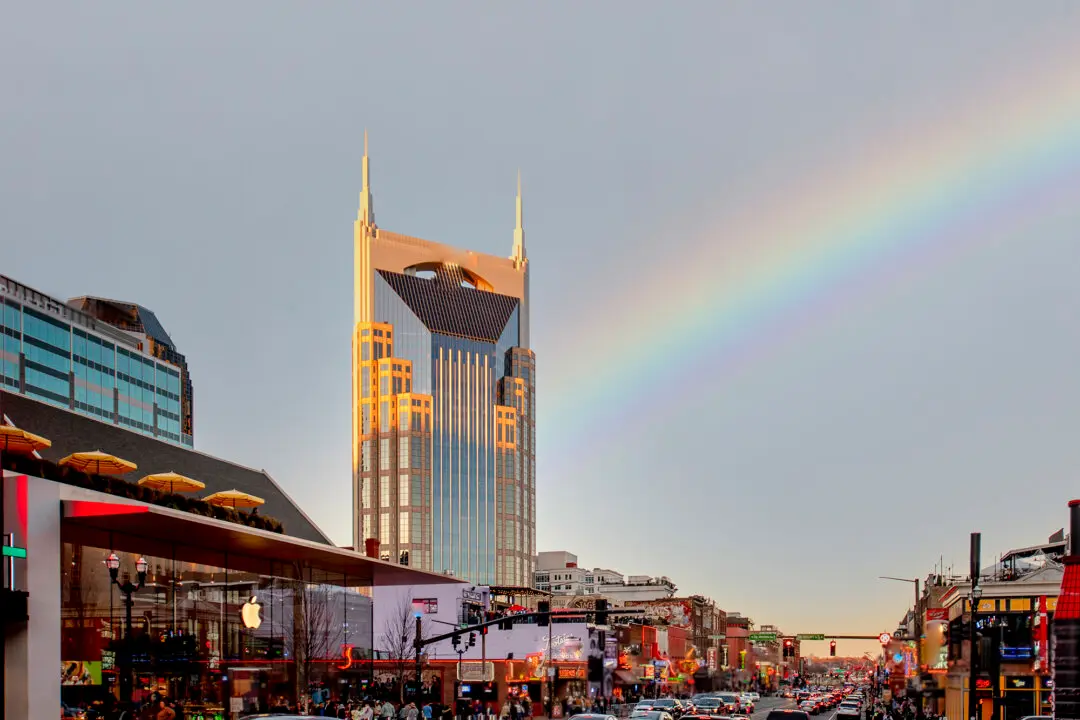In many ways, spring is the most glorious time of the year. After months of cold temperatures, gray skies, and frigid winds, the snow begins to melt. Buds are on the trees, birds chirp, and the smell of spring is in the air. Wildflowers are the best of all: Bursting with color, they fill up entire fields, reminding you of regeneration, life, and good things to come. Here are six of the best places to spot them.
New England Retreat

Sugar Hill, New Hampshire. JROP/Getty Images





